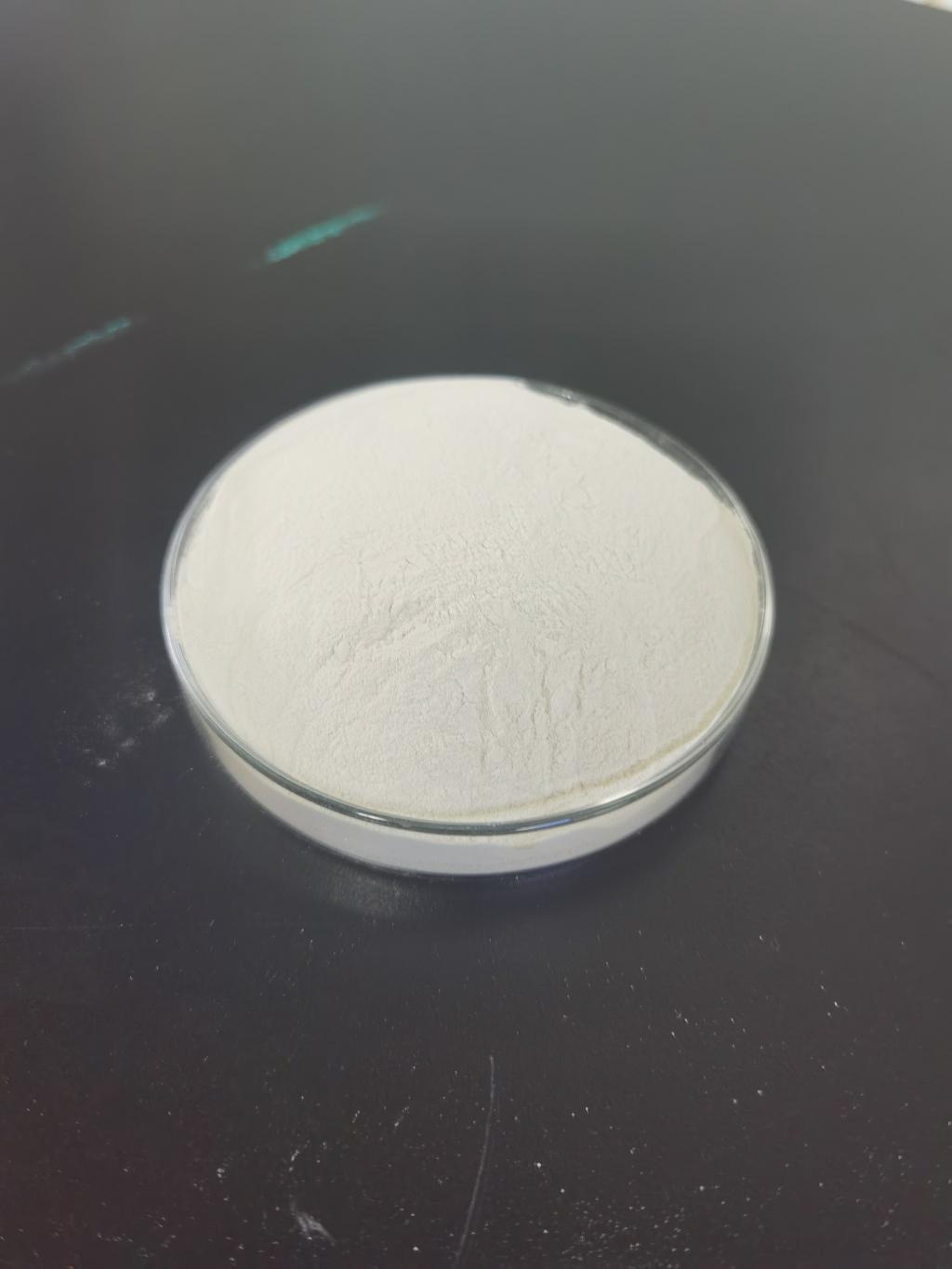Tel:+8618231198596

News
 CONTACT
CONTACT
 CONTACT
CONTACT
- Linkman:Linda Yao
- Tel: +8618231198596
- Email:linda.yao@dcpharma.cn
- Linkman:CHARLES.WANG
- Department:Overseas
- Tel: 0086 0311-85537378 0086 0311-85539701
News
Current Position:
Home >
News
>Nisin's Synergy with Food Technology: Innovations for Safer and Fresher Foods
Nisin's Synergy with Food Technology: Innovations for Safer and Fresher Foods
TIME:2024-03-01
1. Introduction:
In the dynamic landscape of food technology, preserving the safety and freshness of foods while meeting consumer demands for natural and clean-label products is a constant challenge. Nisin, derived from lactic acid bacteria, presents an exciting avenue for addressing these challenges. Its antimicrobial properties make it an attractive candidate for food technologists seeking innovative and sustainable solutions.
2. Mechanisms of Nisin in Food Preservation:
Understanding the mechanisms by which Nisin operates is crucial for its effective integration into food technology. Nisin's mode of action involves disrupting bacterial cell membranes, making it effective against a broad spectrum of pathogenic and spoilage-causing bacteria. This targeted approach allows for precise control over microbial populations, contributing to extended shelf life and improved food safety.
3. Nisin Applications in Dairy Products:
Dairy products, susceptible to contamination by various microorganisms, benefit significantly from Nisin's antimicrobial properties. Nisin has been successfully employed in cheese, yogurt, and other dairy items to inhibit the growth of spoilage and pathogenic bacteria, ensuring the products' safety and extending their freshness.
4. Nisin in Bakery and Confectionery:
Bakery and confectionery products, prone to mold and bacterial growth, face challenges in maintaining freshness. Nisin's compatibility with these products has been explored, showcasing its potential to prevent mold formation and increase the shelf life of baked goods, contributing to reduced food waste.
5. Meat and Poultry Preservation:
Nisin's effectiveness in controlling the growth of pathogens in meat and poultry products is a critical application in food technology. From cured meats to processed poultry, Nisin offers a natural alternative to synthetic preservatives, meeting consumer demands for cleaner labels while ensuring food safety.
6. Encapsulation Techniques for Controlled Release:
Innovative encapsulation techniques have been employed to enhance the controlled release of Nisin in various food matrices. Microencapsulation and nanotechnology approaches allow for targeted delivery, ensuring optimal antimicrobial activity and overcoming challenges related to stability and interactions with other food ingredients.
7. Regulatory Considerations and Consumer Perception:
As Nisin gains traction in food technology, considerations related to regulations and consumer perception are paramount. Collaborative efforts between food scientists, regulatory bodies, and industry stakeholders are essential to establish clear guidelines and communicate the safety and benefits of Nisin to consumers.
8. Future Prospects and Challenges:
The future of Nisin in food technology holds promise, but challenges such as stability, interactions with food matrices, and cost-effectiveness need further exploration. Ongoing research aims to address these challenges, paving the way for broader applications and innovations in the field.
9. Conclusion:
Nisin's synergy with food technology marks a transformative era in food preservation and safety. From dairy to bakery, meat, and beyond, its applications are diverse, contributing to safer, fresher, and more sustainable food products. As the integration of Nisin into food technology continues to evolve, collaborations between researchers, industry, and regulatory bodies will be key to unlocking its full potential and meeting the ever-growing demands of consumers for safer and more natural food options.
- Tel:+8618231198596
- Whatsapp:18231198596
- Chat With Skype







